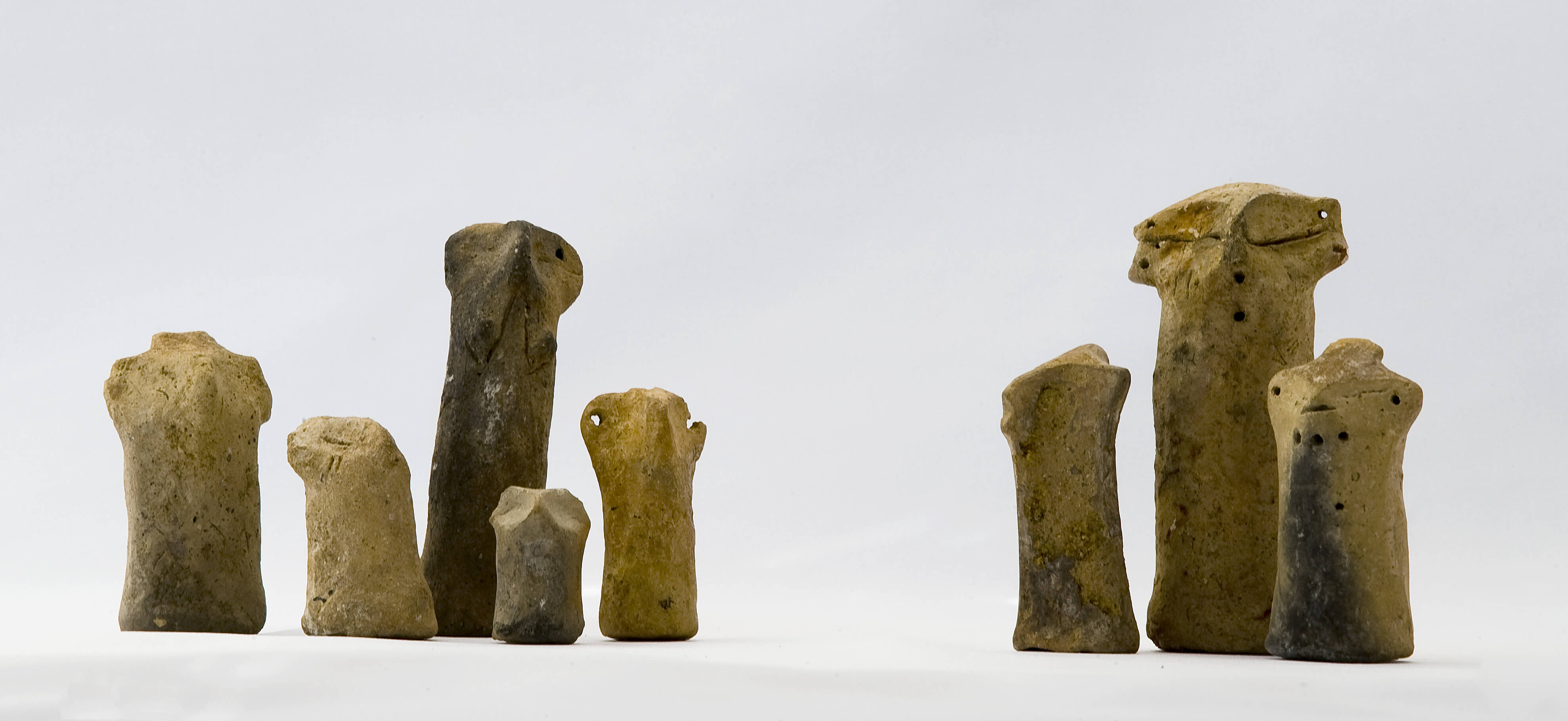A world without images: The absence of figurines in Early Neolithic Northern Europe
This project views the absence of figurative representations as a symptom of significant socio-religious changes occurring during the spread of early agricultural life. By re-introducing emphasis on social and ritual aspects, the project will extend the prevalent discourse on the Neolithization.

The absence of naturalistic depictions in Early Neolithic Northern Europe is particularly striking as tens of thousands of clay figurines are found in SE Europe and Anatolia where they were linked to the rise and spread of early agricultural societies. Hence, figurines were part of the initial Neolithic ‘package’ that spread from SW Asia into Europe from the 8th to the 6th millennium BC. However, as farming reached Central Europe the number of figurines decreased and when it expanded to Northern Europe they had disappeared. This project seeks explanations for the absence of figurines in deep socio-cultural and ritual-religious differences clearly dividing Neolithic Europe into a figurative south-eastern part and an imageless northern part.
In recent years, the study of ancient DNA has turned the long-running Neolithization debate upside down. Repeated studies show that the introduction of farming was associated with change in ancestry stressing migration as a driver for the Neolithization. As the Neolithization included the movement of people, it is significant that an essential feature of the original Neolithic practice (the figurines) disappeared as it advanced northwards. This absence is not explained by migration but requires social and religious-ideological perspectives. The absence of figurines in Northern Europe indicates that significant socio-religious changes took place. These changes remain largely unexplored due to the recent years’ focus on economic and genetic aspects of the Neolithization. This project will balance this bias by reintegrating socio-symbolic aspects.
As the presence of Neolithic figurines in south-eastern Europe is considered social and/or ritually-religious conditioned, the project will approach their absence in Northern Europe by identifying and analysing shifts in social organization and ritual-religious practices among early agricultural communities. First, we will identify where and when the use of figurines ceased. Then, we will address the missing figurines by analyzing converging social and ritual changes followed by an examination of the contexts associated with figurines. We will investigate if other objects replaced figurines, if the figurines’ contexts disappeared or changed so they became obsolete, or if figurines can be associated with a certain social-religious strata that broke down and made figurines taboo.
|
The World without Images project draws on an internationally highly profiled advisory board of renowned researchers with expertise knowledge on the European Neolithic. The board comprises:
|
Becker, Valeska. 2025. The Origin, Development and Decline of Lengyel Culture Figurative Finds. Open Archaeology 11 (1): 1-29.
Becker, Valeska, Corina Fiutak, Rebecca Bristow, and Rune Iversen. 2024. Everything Was Better in the Good Old Days: On the End of the LBK and the Emergence of Lengyel Culture Figurines. Journal of Neolithic Archaeology 26: 115–145.
Bristow, Rebecca. 2025. Turning West: On the Disappearance of Figurative Representations in Neolithic West-Central Europe. Journal of Neolithic Archaeology 27: 1–21.
Bristow, Rebecca, Valeska Becker, and Rune Iversen. 2025. Counting and comparing: Figurative representation density in Neolithic Central Europe and the Balkans. Documenta Praehistorica 52: 2-13.
Iversen, Rune, Valeska Becker, and Rebecca Bristow. 2024. Figurative Representations in the North European Neolithic—Are They There? Cambridge Archaeological Journal 34 (4): 601-619.
This dataset contains:
- A database recording more than 2500 Neolithic figurative representations from continental Europe. The database is in SQL format and comes with:
- A model of the database in PNG format.
- Smaller datasets (representations, sites and references) in CSV and PDF formats.
- A list of bibliographic references.
- A dataset recording figurative representations for the Lengyel culture. The dataset includes:
- Information regarding sites, find categories, find contexts, dates and references in CSV and PDF formats.
- A dataset recording figurative representations for the fourth millennium calBC in Europe. The dataset includes:
- Information regarding sites, find categories, dates and references in CSV and PDF formats.
- A list of bibliographic references.
- A dataset recording figurative representations for the Vinca culture. The dataset includes:
- Information regarding sites, find categories, dates and references in CSV and PDF formats.
- A list of bibliographic references.
Researchers
| Name | Title | Phone | |
|---|---|---|---|
| Becker, Valeska Doris | Postdoc | +4535329746 | |
| Iversen, Rune | Associate Professor - Promotion Programme | +4593509427 |
